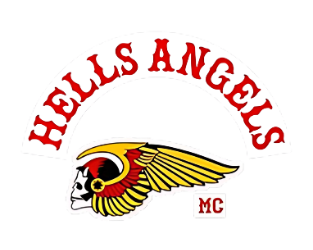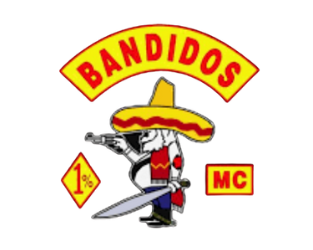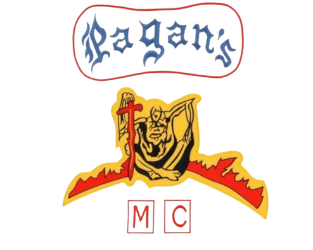The Culture
The history and legacy of motorcycle clubs - from post-war brotherhood to modern culture.
Post-War Origins
Motorcycle clubs are an enduring American subculture born from the unique social landscape of post-World War II society.
The first motorcycle clubs were formed by returning WWII veterans who were accustomed to military camaraderie and sought to recapture that sense of brotherhood and adventure. They had access to cheap, surplus military motorcycles, like the Harley-Davidson WLA "Liberator," which became the quintessential bike for early club members. Far from being simple riding groups, they evolved into complex communities with deep traditions of brotherhood, a unique artistic identity, and a code of loyalty that has lasted for decades.
The "1%" Legacy
A pivotal moment that defined the public image of bikers was the 1947 Hollister Gypsy Tour in California. A sensationalized media report in Life magazine created the iconic "outlaw biker" image. In response, the American Motorcyclist Association (AMA) supposedly stated that 99% of motorcyclists were law-abiding citizens. Clubs that rejected mainstream society proudly embraced the "outlaw" label, adopting the "1%" diamond patch as a badge of honor. These clubs are known as "one-percenter" clubs.
The Colors
The club's insignia, known as "colors" or the "patch," is the most sacred element of MC culture, worn on the back of a leather or denim vest ("kutte") that is considered property of the MC.
Top Rocker
Displays the club's name.
Center Patch
Features the club's official logo.
Bottom Rocker
Indicates the club's territory or chapter location.
The Good Stuff
Based on the historical analysis, here are the key benefits and cultural contributions of motorcycle clubs.
Brotherhood & Community
Genuine deep bonds for post WWII veterans, being replicated till today with mutual support networks with practical help against crises, cross-generation mentorships, preserving knowledge, tradition, and legacies of older members.
Artistic Contributions
Symbolic language through colours and patch designs which became iconic, color-coding systems for recognition, special embroidery craftmanship needs to be preserved.
Charity & Support
Many examples of charity work transcending club's boundaries, with notable examples, BACA, Guardians of Children, Defenders of the Children Riding Club, and also mentioned the Hamsters.
Our Inspiration
The values of MCs are inspirational and although they should not be replicated on-chain as MCs per-se, we can easily draw inspiration from them to forge a our bond and shared goals under the crypto umbrella. The principles of brotherhood, expression, and charitable giving provide a powerful foundation for building meaningful connections in the digital age.
Key Dates
A historical roadmap of significant dates and events that have shaped modern motorcycle club culture.
1930s-1940s: The Genesis
- 1935: McCook Outlaws MC established
- 1946: Boozefighters MC founded
- 1947: Hollister "Riot" - Life magazine creates outlaw image
- 1948: Hells Angels MC founded
1950s-1960s: The Image Solidified
- 1953: The Wild One film starring Marlon Brando
- 1959: Pagans MC founded
- 1966: Bandidos MC formed
- 1967: Hunter S. Thompson's Hell's Angels book
1970s-1990s: Global Expansion
- 1970s: Major MCs begin international expansion
- 1984: Milperra Massacre in Australia
- 1994-1997: Great Nordic Biker War
- 1994-2002: Quebec Biker War
2000s-Today: Modern Era
- 2002: Laughlin River Run Riot
- 2008-2014: Sons of Anarchy TV show
- 2015: Waco Shootout
- Present: Clubs navigate digital world challenges
Legendary Clubs
The most influential motorcycle clubs that shaped the culture. The "Big Four" - Hells Angels, Outlaws, Pagans, and Bandidos - rose to prominence and are often referred to as the major outlaw motorcycle clubs.

Hells Angels
The most recognized outlaw motorcycle club in the world.

Outlaws
The oldest of the Big Four, with motto "God forgives, Outlaws don't."

Bandidos
"We are the people our parents warned us about."

Pagans
Founded in Maryland, primarily an East Coast club.
Mongols
Founded in 1969, known for their distinctive logo and West Coast presence.
Iron Horsemen
Midwest-based club with strong traditions and community involvement.
Comancheros
Australian club with international chapters and rich history.
Boozefighters
One of the first true outlaw clubs, founded by WWII veterans in 1946.
